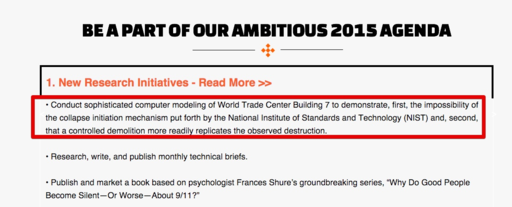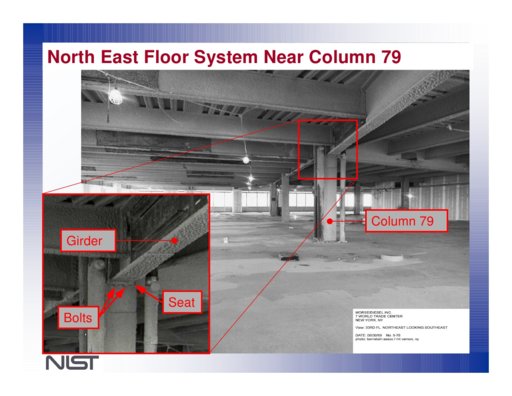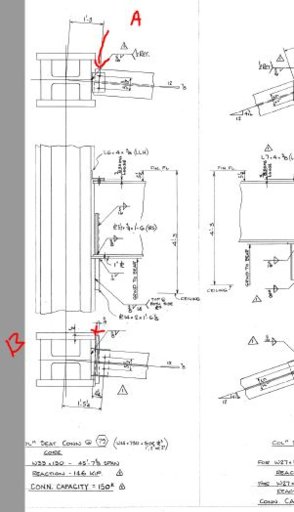You don't think the application of the most important independent variable is important? Interesting. Last time I checked, we were talking about models that respond to changes in temperature, so I would think it would be important to establish what temperatures each part of each model was at any given time. You cannot assert your way out of the fact that the sequence in which the temperatures are applied to the model is of course going to effect the performance of the modeled elements. It's why NIST ran several different heating models and each time the results were *drum roll* different!
Re collapse propagation, again, ARUP did not even model collapse propagation. You should refamiliarize yourself with these materials. ARUP was retained by Nordenson to model girder failures scenarios. ARUP ran many simulations and found a number of girder failure scenarios, both in heating and cooling scenarios. It identified several of those scenarios in an appendix that is attached to Nordenson's expert report (which scenarios were chosen because they demonstrated what Nordenson believe to be failures due to negligent design/construction). Nordenson then separately did hand calculations re collapse propagation. Those hand calculations contained an error. That error has nothing to do with ARUP's girder failure analysis, NIST's girder failure analysis or floor collapse propagation failure analysis, or WAI's girder failure or floor collapse propagation analysis. In fact, WAI even explicitly identified and corrected for Nordenson's error and still found that the floor collapses propagated. You are confusing these various models, likely on purpose, but that confusion does not change the reality that there are multiple models of girder failures that Hulsey has not addressed and multiple models of floor propagation that Hulsey has not addressed. (And given that he has not even modeled NIST"s heating scenario, it's really a big leap to say he's even addressed NIST's girder failure model, which model was dependent upon such scenario.)
You can attack me for being someone who thinks carefully about these issues all you want (thanks!), but you should maybe think about criticizing Hulsey for apparently not caring to think so carefully about them.



